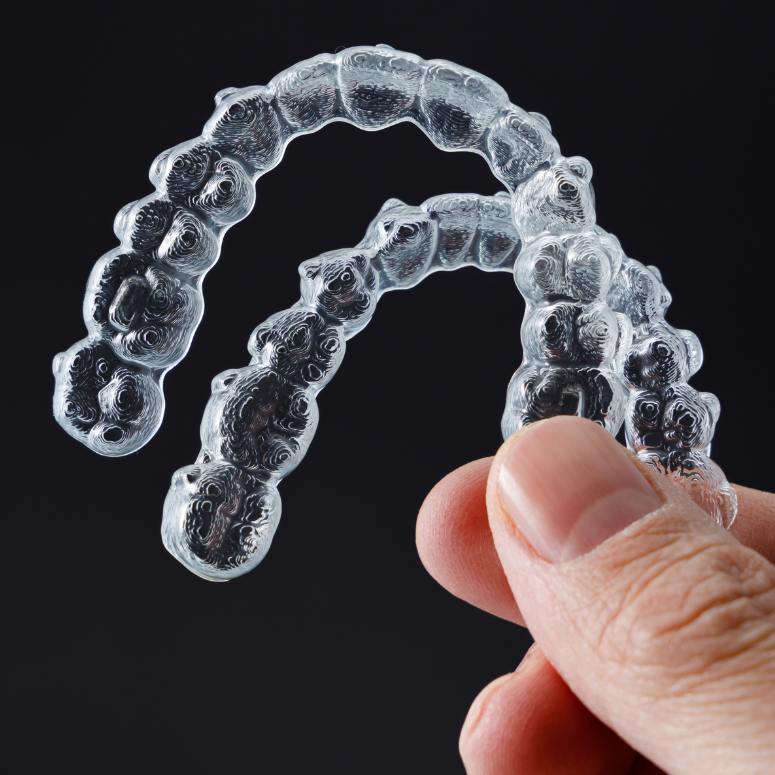Retainers at alpers dental
Types of Retainers
After any orthodontic treatment concludes a retainer is used to maintain the teeth’s new alignment long-term. There are fundamentally two types of retainers: permanent and removable. Whether you are best suited for one or the other will depend on your overall oral health and orthodontic needs as assessed by your dentist.
REMOVABLE RETAINERS
Removable retainers themselves come in two basic types: clear plastic and Hawley retainers. Any type of removable retainer needs to be cleaned as often as your teeth. Using a soft-bristled toothbrush and toothpaste or a baking soda solution is a must to reduce bacteria.
Removable retainers of any type come with the need to follow instructions on their use for them to be effective. Besides cosmetics, a major advantage of removable retainers is that they can easily be removed for eating as well as brushing and flossing.
Hawley retainers are the most durable type of removable retainer. However, a downside of them is that a metal wire will be visible. These are likely what you picture when you hear the word “retainer”.
Clear plastic retainers have the major benefit of being nearly invisible when used. Clear retainers last anywhere between six months to over a year.
PERMANENT RETAINERS
Permanent retainers are a long-term, indefinite option, only needing to be replaced or repaired if sufficient wear occurs. They are also not visible like Hawley retainers and are very durable.
Some upsides of permanent retainers are that they do not require following instructions, cannot be lost, and are likely the most durable type of retainer. Some downsides are that maintaining oral hygiene can be difficult since it can’t be removed, making some areas harder to reach properly. All retainer types can increase bacteria build-up as well and since permanent retainers cannot be removed while eating this is particularly true for them.




